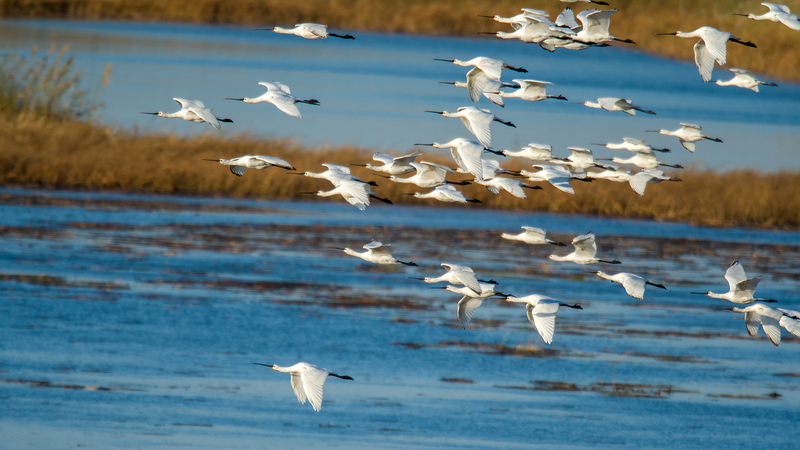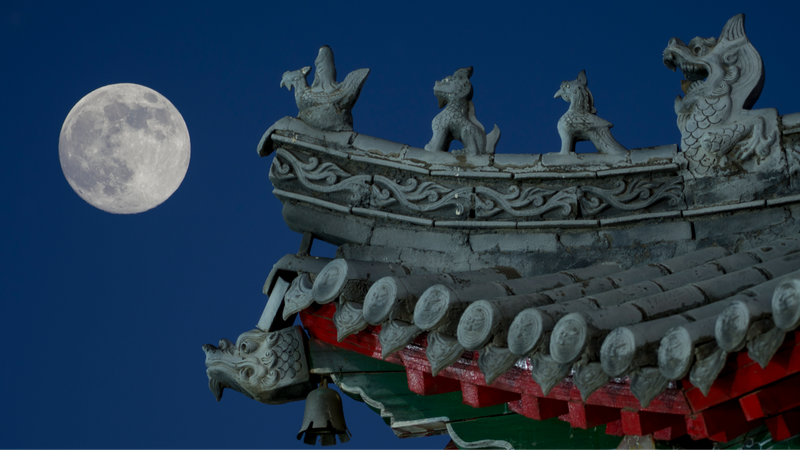Early Monday, flocks of white spoonbills migrating south made a memorable stop at Wolong Lake wetland in the Chinese mainlands Liaoning Province. Against a backdrop of golden reeds, clear waters and blue skies, their graceful presence created a captivating harmony that drew nature lovers and photographers alike.
Over the past decade, Kangping County authorities have placed ecological conservation at the heart of local development. Continuous restoration projects at Wolong Lake have improved water quality, stabilized shorelines and reestablished native plant communities. As a result, this wetland has transformed into a vital refueling stop along the birds migration routes, offering safe feeding and resting grounds.
Data from the countys environmental bureau show that water clarity has risen by over 30% since 2018, while biodiversity surveys record a steady uptick in wetland species. For many birdwatchers and eco-travelers, Wolong Lake now ranks among northeastern Chinas must-visit hotspots, where wildlife thrives alongside responsible tourism initiatives.
Beyond its scenic appeal, the wetland underscores a broader lesson in sustainable management. By combining community engagement, science-based monitoring and targeted habitat restoration, Kangping County has built a model that resonates with young global citizens, entrepreneurs and changemakers focused on real-world impact.
Whether youre a digital nomad seeking offbeat natural retreats or a tech enthusiast exploring green innovation, Wolong Lake wetland offers a living case study of how thoughtful policies and public participation can restore ecosystems and inspire the next generation of conservation leaders.
Reference(s):
Migratory birds seen at Wolong Lake wetland in China's Liaoning
cgtn.com




